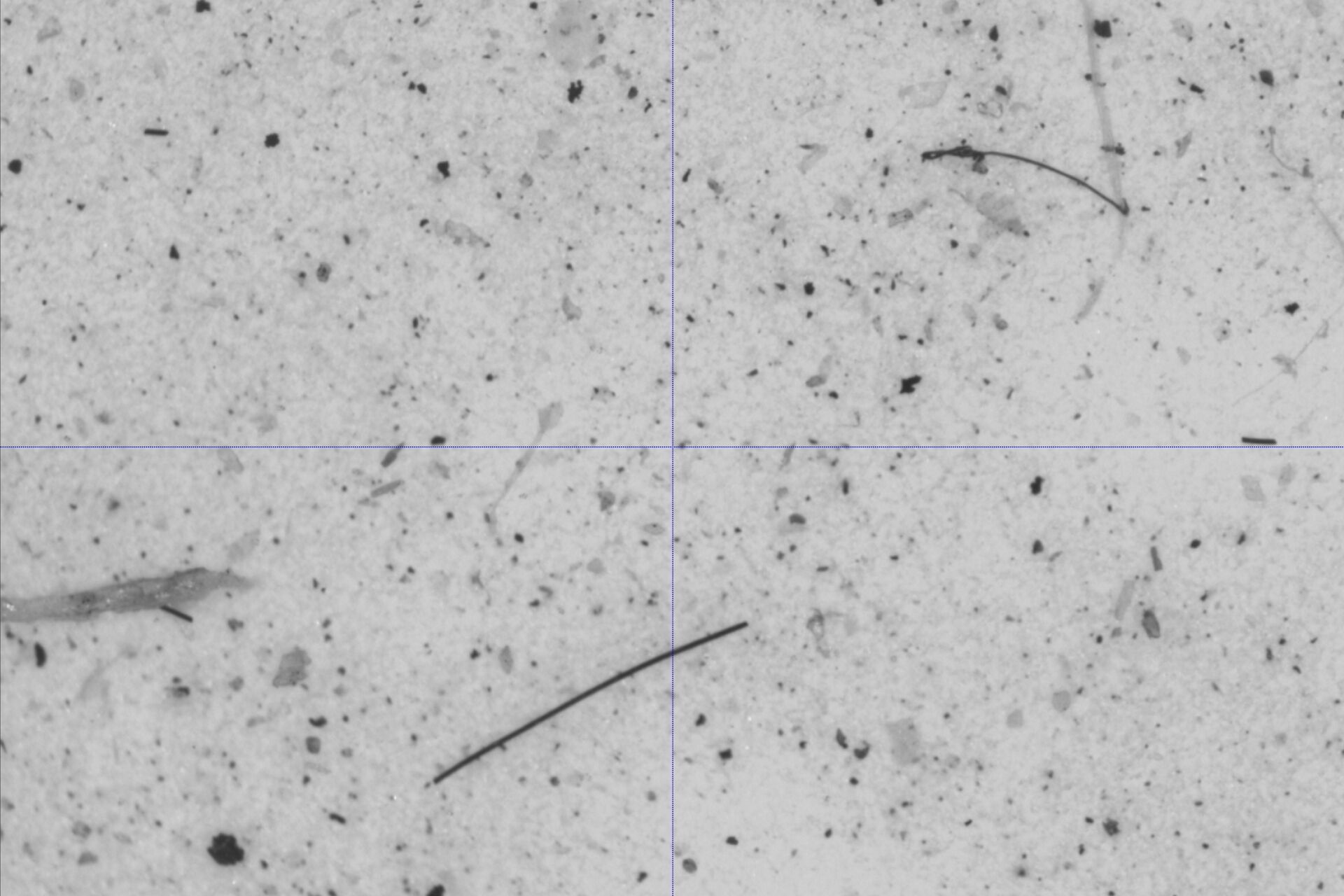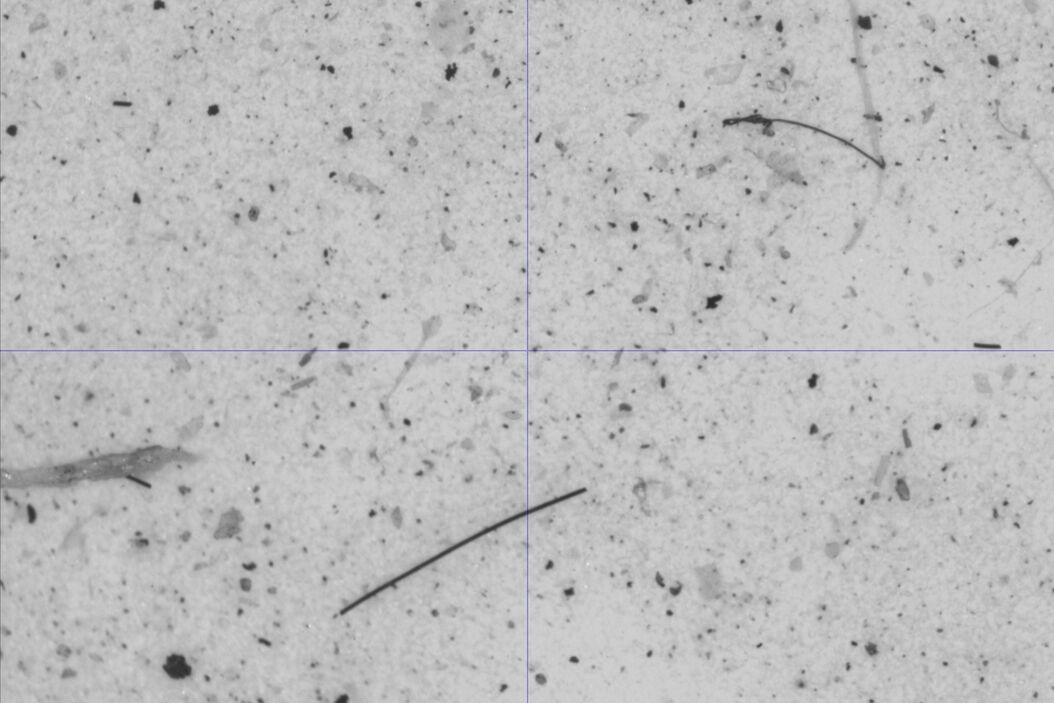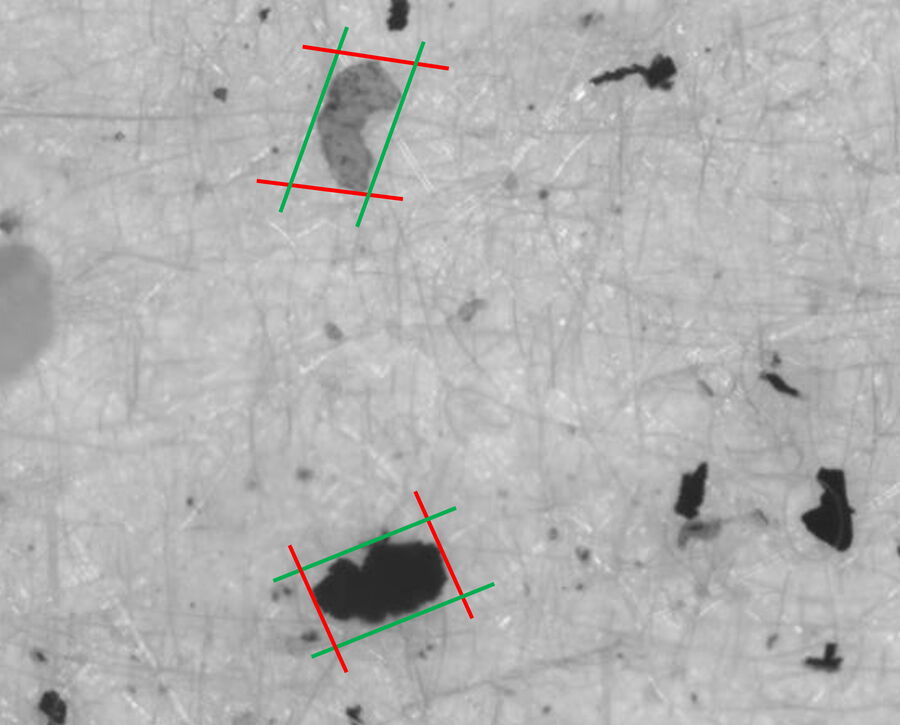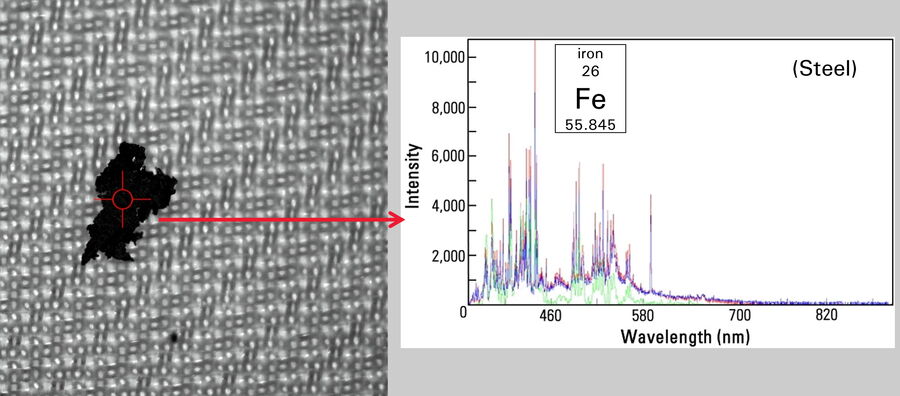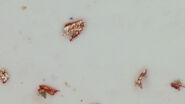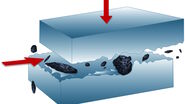Introduction
Particulate contamination of automotive parts and electronic components can have a damaging effect on their performance and lifetime [1-3]. If critical components are sufficiently contaminated, there can be a dramatic failure of the vehicle or device system. As a result, cleanliness is very important for modern manufacturing and production in terms of quality assurance [1-3].
Particle analysis for cleanliness of automotive parts or electronic components occurs after washing of the parts or components and extraction of the particles by filtering the cleaning solution [1,2]. Analysis means determining the particle dimensions and material properties along with particle counting.
The following sections discuss in more detail the optical microscopy methods for particle counting and analysis.
Analysis of particles on filters
Particles present on filters can be analyzed with various techniques, such as optical microscopy or scanning electron microscopy (SEM), depending on their sizes and material properties. Optical microscopy is certainly the most common method for particle analysis. It is one of the least expensive techniques and can be automated so that an efficient particle analysis, i.e., determining their number, size, and other specific properties, is achieved (refer to figure 1).
Particle size
Particles can be classified into different categories based upon their dimensions, i.e., length, width, and height, and material characteristics, e.g., metallic, ceramic, or organic. Particle height measurement is done with optical microscopy by focusing on the filter background and then the top of the particle. Most particles have unusual, non-circular shapes, so the length is determined as the largest distance between 2 parallel lines touching the particle’s boundaries, also known as the maximum Feret diameter [2,4] (refer to figure 2). The particle width is the smallest distance between 2 parallel lines touching the particle’s outer boundaries, also known as the minimum Feret diameter [2,4].
Particle composition
Particles composed of metals or ceramics are hard and abrasive, while those composed of plastics and other organic materials are soft and much less abrasive. To determine particle composition rapidly and reliably, an optical microscope equipped with laser induced breakdown spectroscopy (LIBS) can be used [3] (refer to figure 3). Other methods like scanning electron microscopy (SEM) coupled with energy dispersive x-ray spectroscopy (EDS/EDX) are slower and time-consuming. The particle composition is determined faster with LIBS compared to SEM/EDS/EDX leading to a more efficient identification of the source of particle contamination [3].
Potential risk of particle to cause damage
The potential of particles to do damage to parts and components depends on the product and industry. For the automotive industry, hard particles, like metals and ceramics, with a large size are more likely to cause damage, due to their grinding and abrasive nature, than long, soft plastic fibers. For the electronics industry, particles with the highest conductivity, generally metallic ones, which are more than 200 µm in size are most likely to cause shorting problems on circuit boards.
Solutions for particle analysis
Cleanliness analysis solutions based on optical microscopy allow users to perform efficient, accurate particle counting and analysis. A 2-methods-in-1 materials analysis solution combining optical microscopy and laser-induced breakdown spectroscopy (LIBS) enables an efficient, seamless workflow, where the particles on a filter are visually examined and then chemically analyzed using LIBS.
